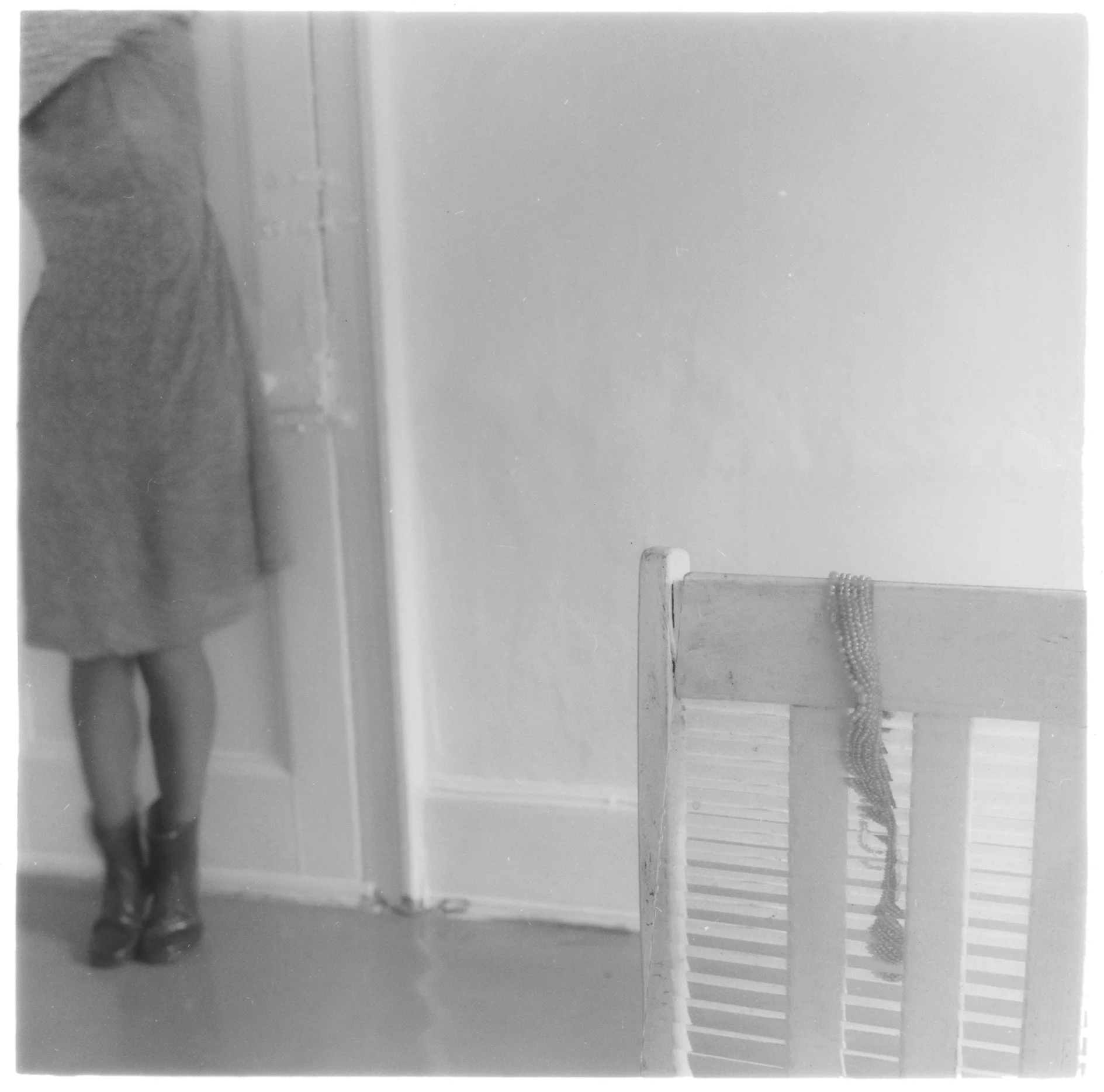FRANCESCA WOODMAN
Gagosian is pleased to announce the inaugural exhibition of works by Francesca Woodman in New York. It will feature more than fifty lifetime prints including Blueprint for a Temple (II) (1980), the largest work she accomplished.
March 13 – April 27, 2024
The exhibition presents key prints from approximately 1975 through 1980. Photographing in Providence, Rhode Island; Rome; Ravenna, Italy; and New York, Woodman situated herself and others within dilapidated interiors and ancient architecture to compose her tableaux. Using objects such as chairs and plinths along with architectural elements including doorways, walls, and windows, she staged contrasts with the performative presence of the figures, presenting the body itself as sculpture.
In the Self-Deceit series (1978), she photographed herself nude in a room with crumbling walls, standing, crawling, or crouching with a frameless mirror. Through compositional fragmentation and blurring, Woodman throws into question the conceit that photography offers a revelation of the self.
On view for the first time since spring 1980, when it was included in Beyond Photography 80, a group exhibition at the Alternative Museum in New York, Blueprint for a Temple (II) is a collage assembled from twenty-four diazotype elements and four gelatin silver prints. Using diazotype, a medium typically employed to create architectural blueprints, allowed Woodman to work at a monumental scale. The composition depicts the right half of a temple façade and features four caryatids—female figures who form columns in classical architecture. The most famous examples of these features are on the Erechtheion at the Acropolis in Athens, which Woodman visited multiple times.
A culmination of Woodman’s representation of the figure in space, the Blueprint for a Temple works prompt consideration of how she drew on classical themes throughout her career. In an untitled photograph made in 1978 at the Pastificio Cerere in Rome, a headless, half-dressed figure leans against an aged wall, her arms behind her back, emphasizing her torso.
With her skirt sitting low on her waist and blurred by a gentle movement captured by the camera, the photograph anticipates Woodman’s preoccupation with caryatids and the body as sculpture. The same can be seen in earlier works, such as From Space² or Space² (1976), in which a figure emerges from behind torn wallpaper.
The exhibition in New York coincides with Francesca Woodman and Julia Margaret Cameron: Portraits to Dream In, a major survey at the National Portrait Gallery in London, on view from March 21 to June 16, 2024, before traveling to IVAM Institut Valencià d’Art Modern, Spain. With over 150 prints spanning the careers of both artists, the exhibition explores thematic affinities between two influential photographers who worked a century apart.


